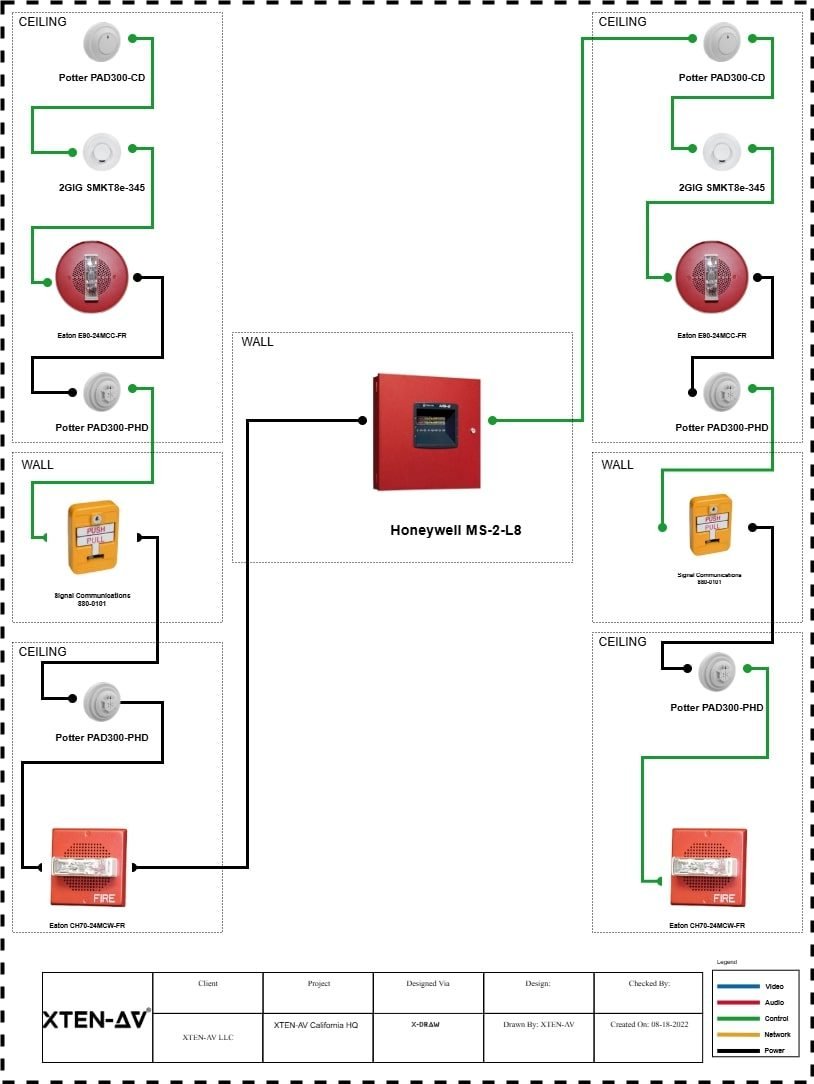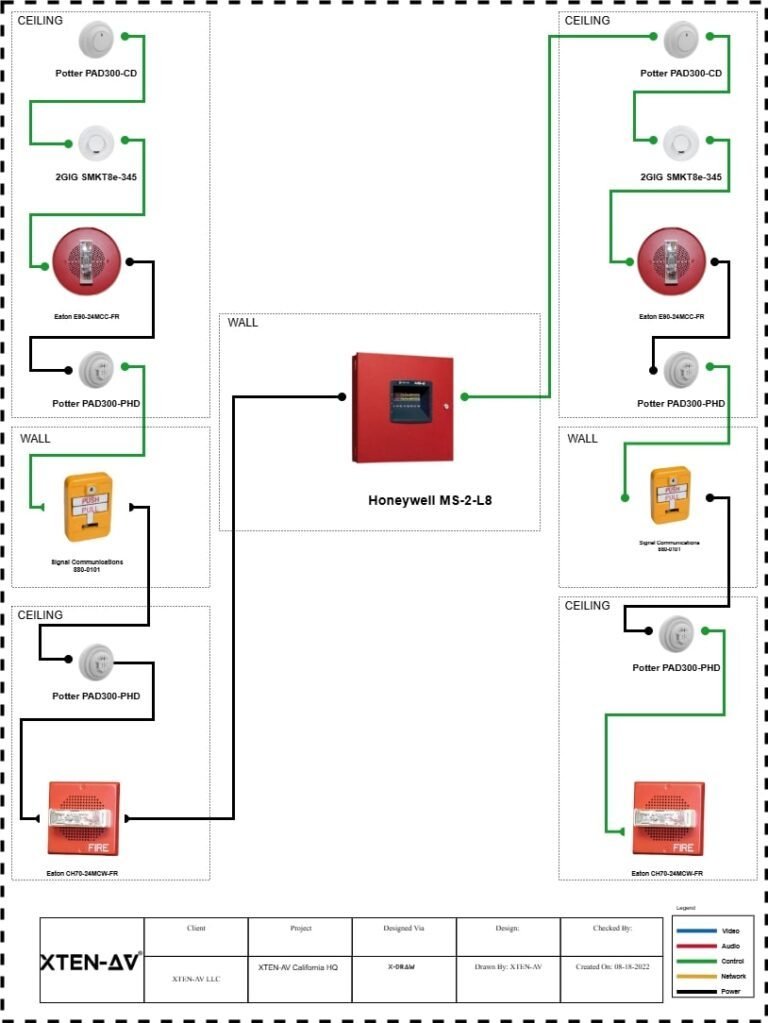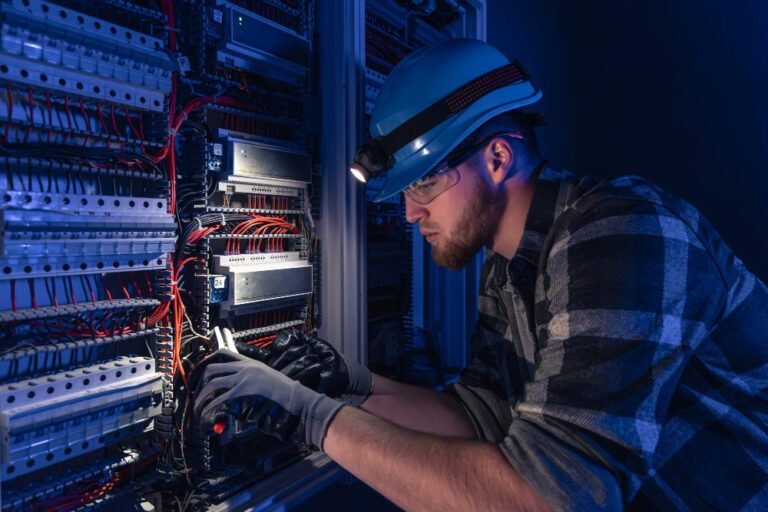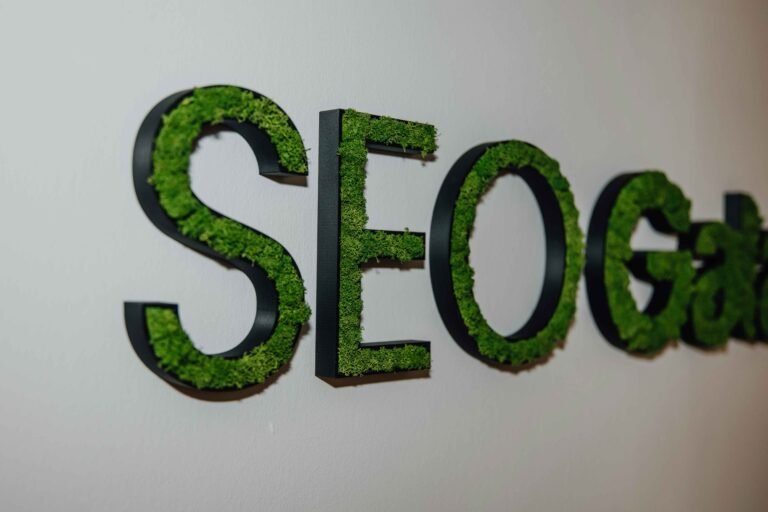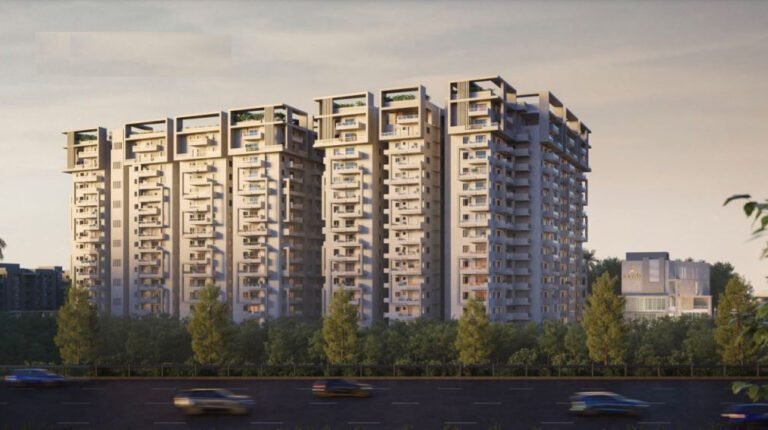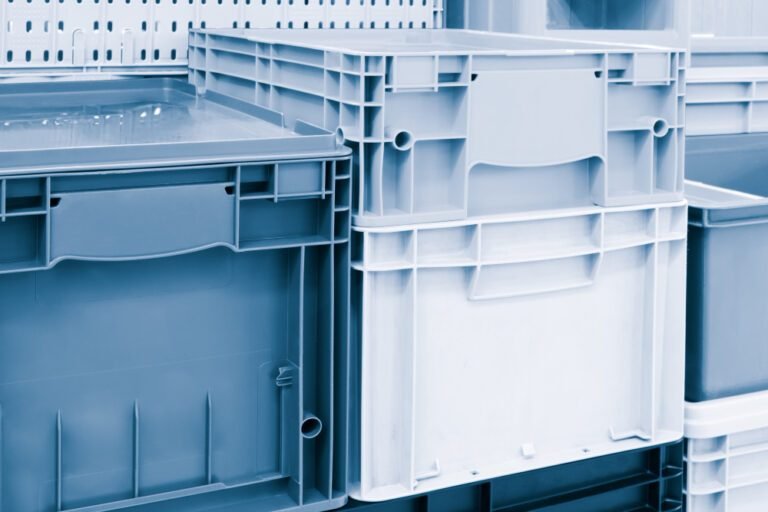In today’s world, security has become a top priority for both residential and commercial properties. Whether you own a small retail shop or manage a large office building, installing a reliable CCTV system is essential for monitoring activity and deterring potential threats. However, building an efficient and cost-effective setup requires more than just buying cameras and mounting them. It involves thoughtful planning, the right technology choices, and efficient Security System Design strategies. This blog explores how to design a CCTV security system that fits your budget without compromising on performance or reliability.
Understanding the Purpose of Your CCTV Setup
Before purchasing any equipment, it’s important to define the purpose of your CCTV system. Are you trying to deter theft, monitor employee productivity, secure entry points, or keep an eye on parking areas? Understanding the primary objective will determine the type and number of cameras, the storage capacity, and the monitoring setup. For instance, a retail store might prioritize high-resolution cameras at checkout counters, while a warehouse may focus on wide-angle coverage for inventory monitoring.
Planning Your Security System Design
A good Security System Design begins with a site assessment. Walk through the property and identify key areas that require surveillance such as entrances, exits, hallways, loading docks, and blind spots. Create a layout map to visualize where each camera will be placed. This step ensures complete coverage and helps avoid over-purchasing or misplacing cameras.
It’s also important to consider camera types based on their location. Dome cameras are ideal for indoor spaces because of their compact and discreet design. Bullet cameras, on the other hand, are better for outdoor use due to their durability and long-range visibility. PTZ (Pan-Tilt-Zoom) cameras can cover large areas and be manually controlled for detailed monitoring, making them suitable for parking lots or open warehouses.
Choosing Between Wired and Wireless Systems
One of the key decisions when designing a CCTV system is choosing between wired and wireless setups. Wired systems are more reliable and provide better image quality without signal interference. However, they can be more expensive to install due to cabling requirements. Wireless systems are easier to set up and offer flexibility, making them ideal for temporary setups or rental properties.
For a cost-effective approach, consider hybrid systems that combine wired and wireless technology. This allows you to use wired connections in critical areas while maintaining wireless flexibility for secondary zones.
Selecting the Right Camera Resolution
While it’s tempting to go for the highest resolution available, that isn’t always necessary for every area. A cost-effective design balances image quality and budget. For most indoor applications, a 1080p camera provides clear footage without overloading storage. For outdoor or high-security zones, 4K cameras may be justified due to their ability to capture fine details like license plates or facial features.
Remember that higher resolution also means larger file sizes, requiring more storage and bandwidth. Evaluate your storage and network capabilities before making a final decision.
Optimizing Storage and Video Management
Storage can quickly become one of the most expensive parts of your CCTV system. To manage costs, consider using a mix of local and cloud storage solutions. Local storage (NVR or DVR) provides direct access to footage, while cloud storage ensures backup and remote accessibility.
Smart video management software allows you to optimize recording schedules by using motion detection or event-based recording instead of continuous recording. This reduces unnecessary footage, saves storage space, and minimizes operational costs.
Power and Connectivity Considerations
Your CCTV system relies on consistent power and network connectivity. Power over Ethernet (PoE) is a cost-effective solution that allows you to power cameras and transmit data using a single cable. This reduces clutter and installation costs.
For wireless cameras, ensure they have a stable Wi-Fi connection and consider installing signal boosters if coverage is weak. Backup power through an uninterruptible power supply (UPS) ensures that your system remains operational during power outages.
Integrating with Other Security Systems
A modern Security System Design doesn’t operate in isolation. Integrating CCTV with other security components like alarms, access control systems, and sensors enhances efficiency and control. For instance, when a motion sensor detects unusual activity, it can automatically trigger camera recording or send alerts to your mobile device.
Integration also streamlines monitoring through a single interface, improving response times and situational awareness. XTEN-AV tools and platforms can help in designing such integrated systems efficiently by providing templates and automation for better coordination between devices.
Placement and Lighting Tips
Camera placement has a direct impact on system effectiveness. Avoid placing cameras directly facing light sources such as windows or streetlights, as this can cause glare. For outdoor areas, ensure proper lighting to enhance image clarity at night. Infrared or low-light cameras can also be useful in poorly lit areas.
Always mount cameras at appropriate heights to prevent tampering and maximize coverage. Indoor cameras typically work best when placed at corner angles for a wide field of view, while outdoor cameras should be angled slightly downward to cover entry points and pathways.
Maintenance and System Updates
Designing a cost-effective CCTV system is not just about installation but also about long-term maintenance. Regularly clean camera lenses, check connections, and update firmware to prevent security vulnerabilities. Schedule periodic inspections to ensure all cameras are functioning properly and storage devices are recording as expected.
Many modern systems offer remote diagnostics, allowing you to monitor performance and receive alerts if a camera or recorder fails. This helps minimize downtime and reduces repair costs in the long run.
Final Thoughts
Creating a cost-effective CCTV security system is about strategic choices rather than cutting corners. By focusing on smart planning, the right balance of technology, and efficient Security System Design, you can achieve strong protection without overspending. Tools like XTEN-AV make it easier to plan, visualize, and implement these systems effectively.
With careful selection, proper installation, and consistent maintenance, your CCTV setup can provide reliable security and peace of mind for years while staying within your budget.
Read more: https://nichenest.xyz/key-components-of-a-modern-security-system-design/
